After 3 years of campaigning, DC fans rejoice as Warner Bros. officially announces the now famous Snyder Cut of 2017’s Justice League, releasing exclusively on HBO Max in 2021.
BY: HARRY WANG
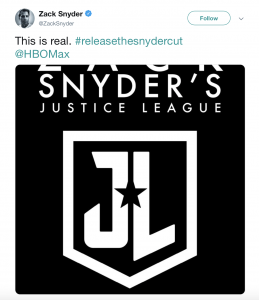
It’s official. After almost 3 years of campaigning, the fans have achieved victory: Warner Bros. has announced this afternoon that they will release the “Snyder Cut” of 2017’s superhero ensemble blockbuster Justice League on new streaming platform HBO Max in 2021.
A Brief History of the Snyder Cut
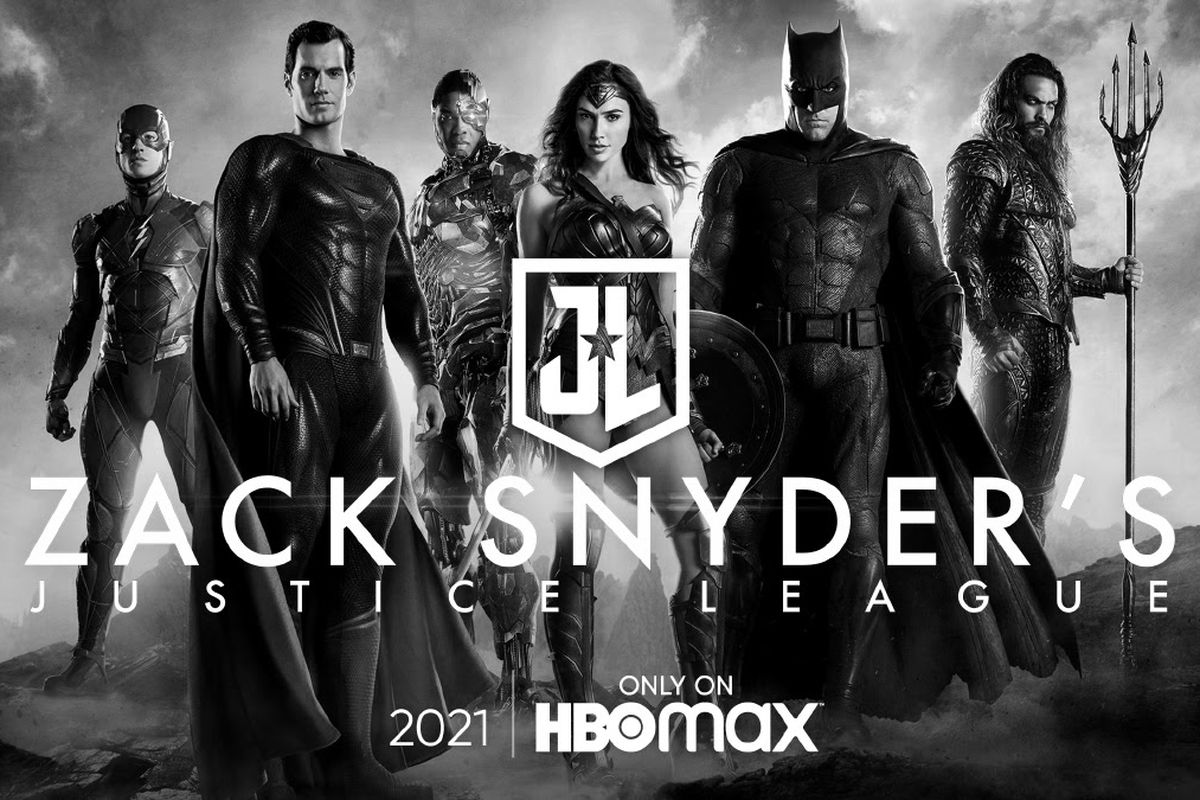
For those who are unaware, Justice League, based on the DC superhero team of the same name, underwent a production shift back in early 2017 as the original director, Zack Snyder, stepped down from the project due to the tragic passing of his daughter Autumn Snyder. Joss Whedon, the director of Marvel’s The Avengers (2012), took the lead of the project, including its postproduction. The film later underwent extensive reshoots, which dramatically altered its story and tone. Unfortunately, the new version of Justice League earned critical reviews that are not ideal (40% Rotten Tomatoes and 45/100 on Metacritic), as well as box office returns that are far from the studio’s original hopes ($657 million worldwide and $229 million domestic with a $300 million budget).
Disappointed with the studio’s decision to almost completely change the film, DC fans have since started a campaign with the hashtag #releasethesnydercut, urging the studio to release the original Snyder version of the film. In the years since the campaign started, #releasethesnydercut has trended all over social media, with stars of the film such as Jason Momoa and Ben Affleck voicing support for the campaign and Snyder himself teasing elements from his cut that never made it to the final film. Some passionate fans have even gone to the Warner Bros. HQ for demonstration.
With the Snyder Cut now being official, we look at several elements that we wish to see when it releases on HBO Max next year.
What We Want #1: A Better Villain
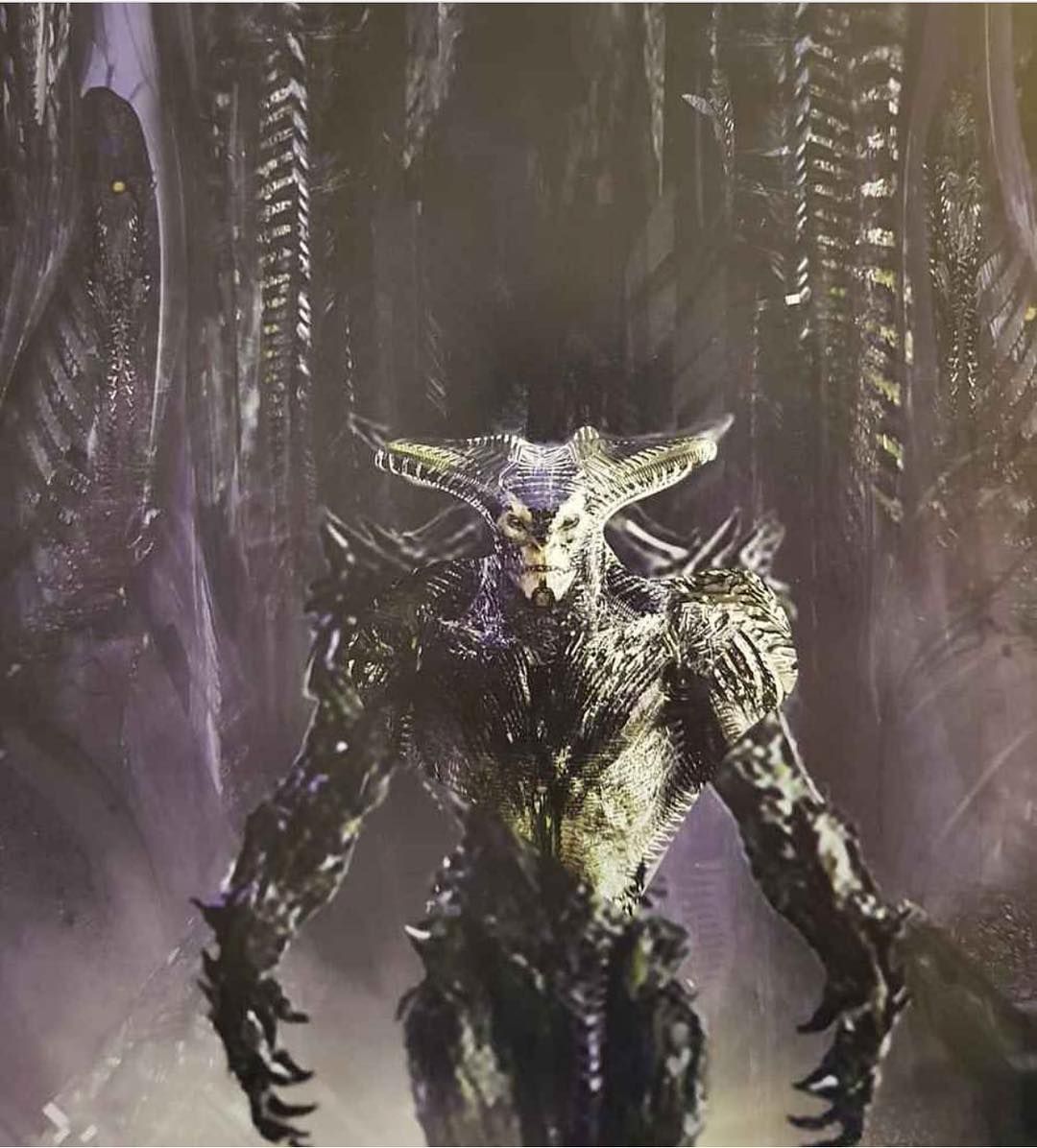
Arguably one of the weaker aspects of the theatrical Justice League is its antagonist — Steppenwolf. As one of DC’s most powerful villains, Steppenwolf in the theatrical release felt more like a character solely used to drive the story rather than a believable villain with convincing motivations. In the director’s cut of Batman v. Superman: Dawn of Justice (2016), as well as some of his social media posts, Snyder teases a more maniacal and sinister version of Steppenwolf with a more terrifying design (pictured above). Fans were therefore disappointed to see Steppenwolf sporting a less menacing design in the theatrical Justice League. Having a better version of Steppenwolf in the Snyder Cut would surely enrichen the character and make him worthy as companions to other successful DC movie villains such as Heath Ledger’s Joker and Michael Shannon’s General Zod. Furthermore, having a stronger villain would raise the stakes of film and make for a more thrilling and exciting film-viewing experience.
What We Want #2: A Darker Tone

With the DC Extended Universe (DCEU) now undergoing a soft reboot with a new storytelling direction and several recasts (such as Robert Pattinson replacing Affleck as Batman), Justice League serves as a conclusion to Snyder’s DC films. While Man of Steel and Batman v. Superman: Dawn of Justice, Snyder’s previous collaborations with DC, all have gritty tones, the theatrical Justice League was funnier and lighter, reminding many of Marvel’s Avengers films. While some argue that a more vibrant tone adds charisma to Justice League, many fans feel that this sudden shift of style is unjustified. For example, while Affleck’s Batman is a brutal and serious warrior in Batman v. Superman: Dawn of Justice, he becomes a caring, soft, and sometimes humorous mentor in Justice League without much room for character development. On one hand, the DCEU should move toward a less overall gritty tone for their future films, on the other hand, as a separate story, Justice League should remain consistent with its predecessors. Keeping the tone dark not only adds consistency, especially to characters such as Affleck’s Batman and Henry Cavill’s Superman, but also wraps up Snyder’s DC trilogy appropriately before moving on to new stories.
What We Want #3: Black Suit Superman
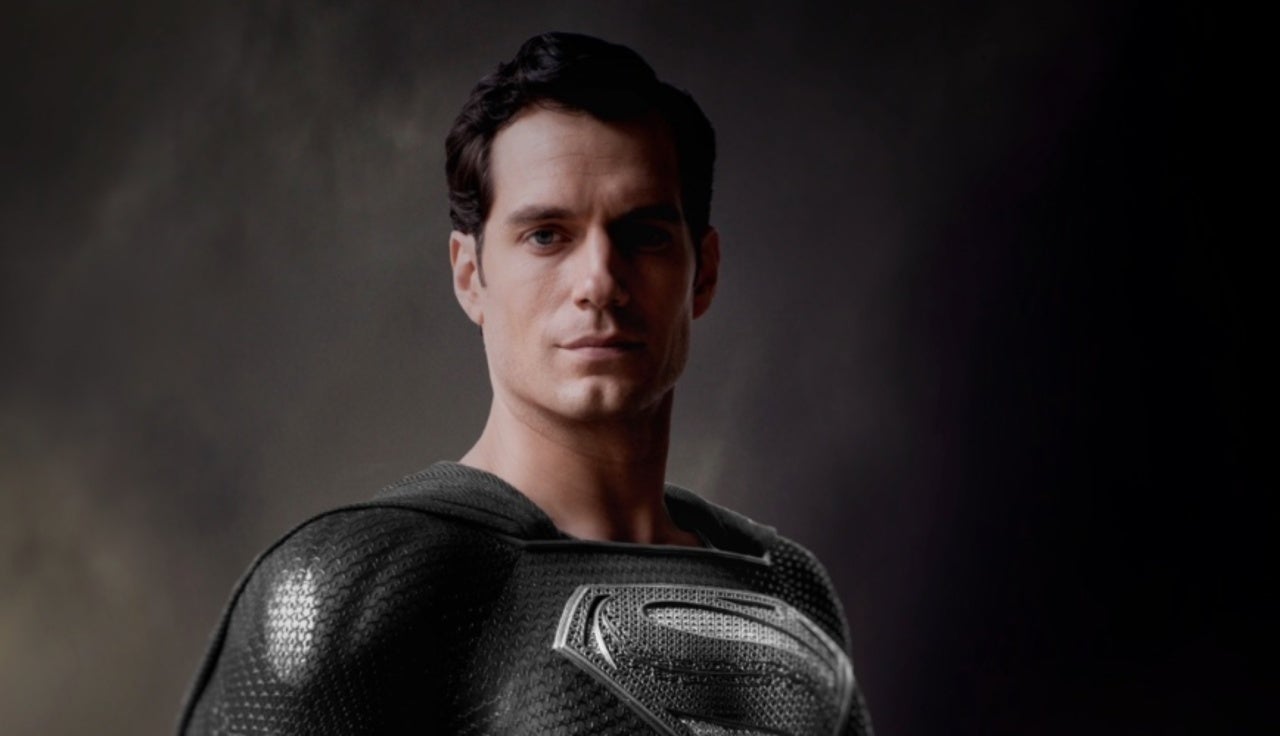
One aspect missing from the theatrical Justice League that disappointed many fans was black suit Superman. Originally an integral part of the story, Superman’s black suit supposedly represents his resurrection after sacrificing himself in Batman v. Superman: Dawn of Justice, as well as signifying the darker personality traits in Clark Kent. Considering Superman’s struggles with his dual identities and battle with his inner demons, having him embrace that darkness and becoming black suit Superman seems the correct next step for the character’s development, giving him an opportunity to witness the true horrors of his power, as well as making him finally realize the importance of being a hero. Adding black suit Superman to the story not only elevates its entertainment value (come on, the idea of Superman in a black suit is awesome), but also completes Cavill’s Superman arc in a meaningful way.
What Does This Mean?
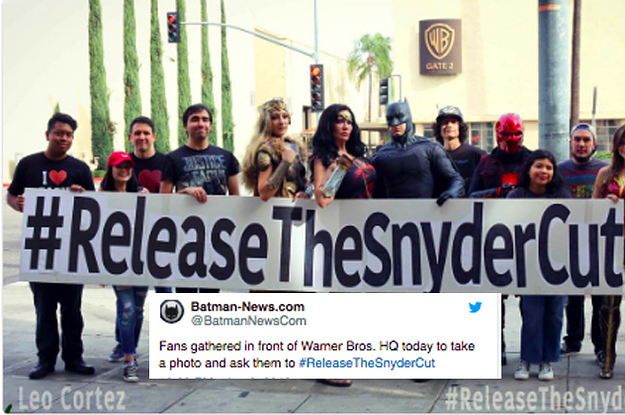
The release of the Snyder Cut leaves us two important questions: why is the studio releasing the Snyder Cut now, and what does this mean for the future of the DCEU? First of all, I would not bet on the possibility of Warner Bros. backtracking and rehiring Snyder as the commander-in-chief for the DCEU, as the studio is seemingly going in a direction different from Snyder’s vision for the DCEU. Therefore, I do not think the Snyder Cut’s existence alters anything for the future of the DCEU. Perhaps one of the biggest reasons why Warner Bros. is releasing the Snyder Cut is to promote HBO Max to compete with streaming giants such as Netflix and now Disney+. With the amount of publicity that the Snyder Cut is receiving, releasing the Snyder Cut exclusively on HBO Max is a smart strategy that will attract many subscribers, either those devoted to the DC Universe, or just casual fans interested in seeing what the buzz is all about.
We cannot underestimate, however, the power of the fans in this situation, where their campaigns have impacted a movie studio to change its decision. The Snyder Cut was not a finished product before the campaign, as most of it is in the preproduction stage. Releasing the Snyder Cut likely means that the studio will devote a considerable budget into the project to turn it from a concept to reality. This is not the first time a studio has altered the course of its film due to fan requests. Sonic from Sonic the Hedgehog (2020), for example, underwent a complete redesign due to fans’ dissatisfaction with his original design. With big franchises dominating the movie market, we can only expect to see such a trend continue. Will fans become an integral part of a film’s production, including playing a role in their creative aspects? This is a question that we will have to keep our eyes on when studios resume production after the pandemic.

1 comments
It is crazy, the power of social media and the hashtag! It will be interesting to compare both cuts side by side. I’m sure its going to be good if they are coughing up some cash to turn this into a reality. Let’s hope for the best, I’ve been getting burnt out of the super hero movies lately, I feel like it’s becoming over-saturated.